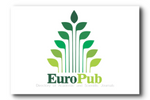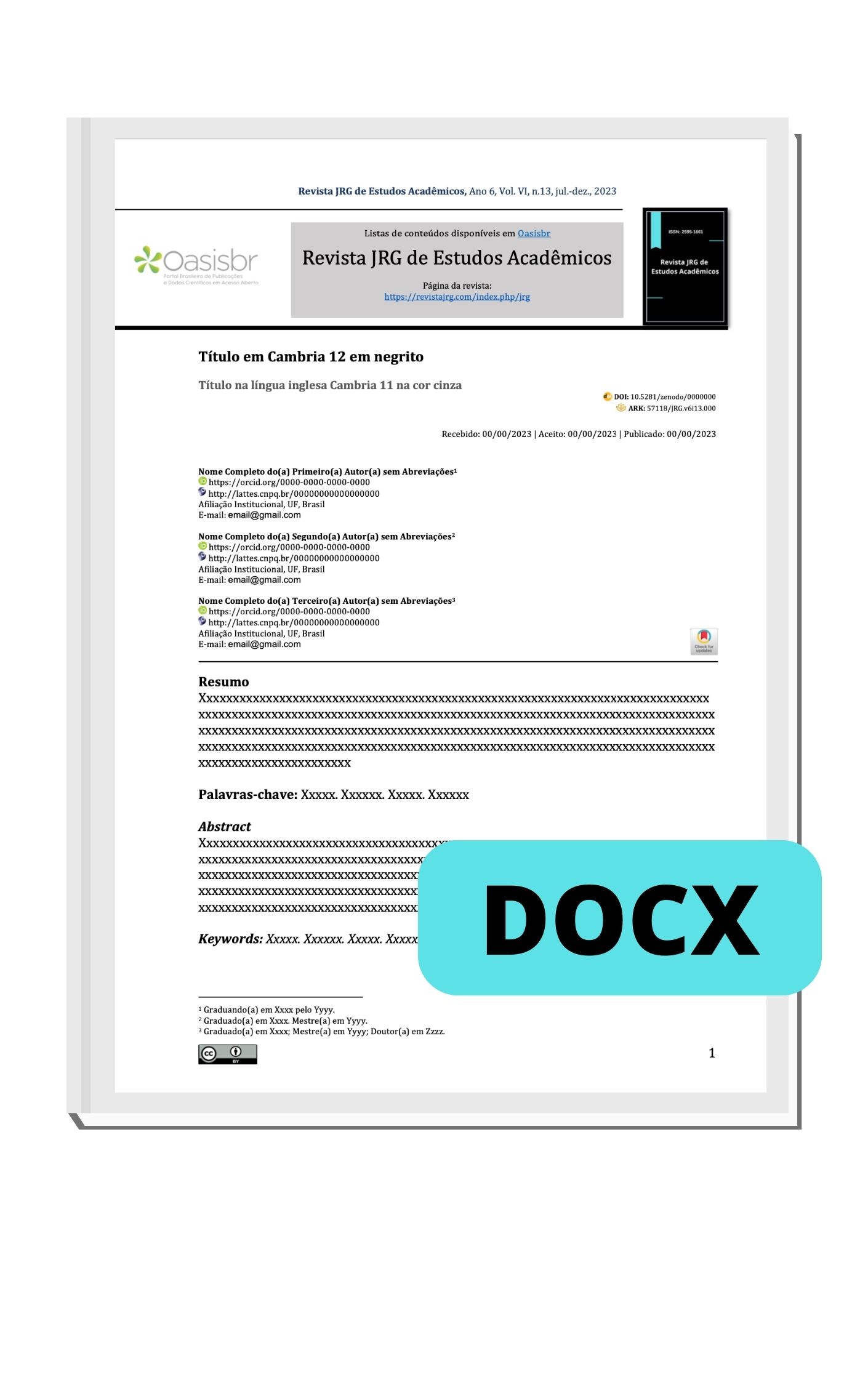High consumption of ultra-processed foods among children and young people in the United States: challenges and solutions
DOI:
https://doi.org/10.55892/jrg.v8i18.2262Palavras-chave:
Ultraprocessados, Crianças, Jovens, SaúdeResumo
The consumption of ultra-processed foods (UPF) among children and adolescents in the United States has become a critical public health concern. These highly industrialized products represent more than 60% of the daily caloric intake in this age group, being associated with a number of chronic diseases such as obesity, type 2 diabetes and hypertension. The significant increase in the availability, convenience and advertising appeal of these foods has contributed to unhealthy eating habits, especially among low-income populations with lower schooling. This article is a narrative review of the literature and discusses the main challenges related to the high consumption of (UPF) by young Americans, highlighting social, economic, cultural and environmental factors. In addition, it explores the nutritional, psychological and metabolic impacts resulting from frequent intake of these products. Strategies and public policies to mitigate the problem are presented, including school programs, regulation of children’s advertising, community interventions and reforms in nutrition labelling. The shared responsibility between families, schools, food industry and governments is emphasized as fundamental for building healthier food environments. Finally, it is proposed a systemic and intersectoral approach to reduce the consumption of (UPF) and promote the integral health of children and adolescents.
Downloads
Referências
BURKART, S. et al. Impact of the COVID-19 pandemic on elementary schoolers’ physical activity, sleep, screen time and diet: A quasi-experimental interrupted time series study. [s.l: s.n.]. v. 17
DAUENHAUER, B.; KULINNA, P.; MARTTINEN, R.; STELLINO, M. B. Before-and after-school physical activity: Programs and best practices. Journal of Physical Education, Recreation & Dance, 93(5), 20-26. 2022.
FALCÃO, R. et al. Processed and ultra-processed foods are associated with high prevalence of inadequate selenium intake and low prevalence of vitamin B1 and zinc inadequacy in adolescents from public schools in an urban area of northeastern Brazil. PLoS ONE, v. 14, n. 12, p. 1–18, 2019.
LOUZADA, M. L. C et al. Impact of the consumption of ultra-processed foods on children, adolescents and adults’ health: scope review. Cadernos de Saude Publica, v. 37, p. 1–47, 2021.
GARTNER, L. Food Advertising Policy in the United States. Cornell University, 2007.
GALASTRI, L. B.; MARTINEZ STEELE, E.; SILVA CANELLA, D.; MONTEIRO, A.C. Consumption of ultra-processed foods and associated sociodemographic factors in the USA between 2007 and 2012: evidence from a nationally representative cross-sectional study, 2018.
HASSEN, T. B.; EL BILALI, H.; ALLAHYARI, M. S.; BERJAN, S.; FOTINA, O. Food purchase and eating behavior during the COVID-19 pandemic: A cross-sectional survey of Russian adults. Appetite. 2021.
JHA, M. K.; FATT, C. R. C.; MINHAJUDDIN, A.; MAYES, T. L.; BERRY, J. D.; TRIVEDI, M. H. Accelerated brain aging in individuals with diabetes: association with poor glycemic control and increased all-cause mortality. Psycho neuro endocrinology, 145, 105921. 2022.
LIU, J. et al. Consumption of Ultraprocessed Foods and Diet Quality Among U.S. Children and Adults. American Journal of Preventive Medicine, v. 62, n. 2, p. 252–264, 2022.
LIVINGSTON, A. S. et al. Effect of reducing ultraprocessed food consumption on obesity among US children and adolescents aged 7-18 years: Evidence from a simulation model. BMJ Nutrition, Prevention and Health, v. 4, n. 2, p. 397–404, 2021.
MATOS, R. A.; ADAMS, M.; SABATÉ, J. Review: The Consumption of Ultra-Processed Foods and Non-communicable Diseases in Latin America. Frontiers in Nutrition, v. 8, n. March, p. 1–10, 2021.
McCLEMENTS, D. J. (2024). Designing healthier and more sustainable ultraprocessed foods. Comprehensive Reviews in Food Science and Food Safety, 23(2), e13331.
MESCOLOTO, S. B.; PONGILUPPI, G.; DOMENE, S. M. Á. Ultra-processed food consumption and children and adolescents’ health. Jornal de Pediatria, v. 100, p. S18–S30, 2024.
NG, M. et al. National-level and state-level prevalence of overweight and obesity among children, adolescents, and adults in the USA, 1990–2021, and forecasts up to 2050. The Lancet, v. 404, 2024.
PAGLIAI, G. et al. Consumption of ultra-processed foods and health status: A systematic review and meta-Analysis. British Journal of Nutrition, v. 125, n. 3, p. 308–318, 2021.
PEREIRA, A. M. et al. Ultra-processed food consumption by children from a Pelotas Birth Cohort. Revista de saude publica, v. 56, p. 79, 2022.
PEREYRA‐GONZÁLEZ, I.; MATTEI, J. Combined intake of sugar‐sweetened beverages and sugar‐containing ultra‐processed foods is associated with an increase in body mass index during early. Pediatric Obesity, 2023.
SILVA, J. B. et al. Factors associated with the consumption of ultra-processed food by Brazilian adolescents: National Survey of School Health, 2015. Revista Paulista de Pediatria, v. 40, 2022.
VEDOVATO, G. M. et al. Ultra-processed food consumption, appetitive traits and BMI in children: A prospective study. British Journal of Nutrition, v. 125, n. 12, p. 1427–1436, 2021.
VERNARELLI, J.; RUBENSTEIN, V. Ultraprocessed Food Consumption, Diet Patterns, and Perception of Diet Quality and Body Weight in the US. Current Developments in Nutrition, v. 6, p. 409, 2022.
Downloads
Publicado
Como Citar
Edição
Seção
ARK
Licença

Este trabalho está licenciado sob uma licença Creative Commons Attribution 4.0 International License.










































